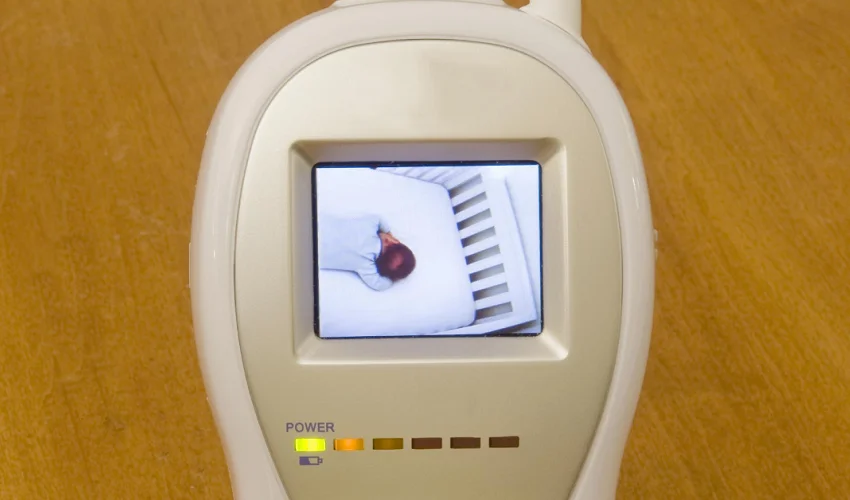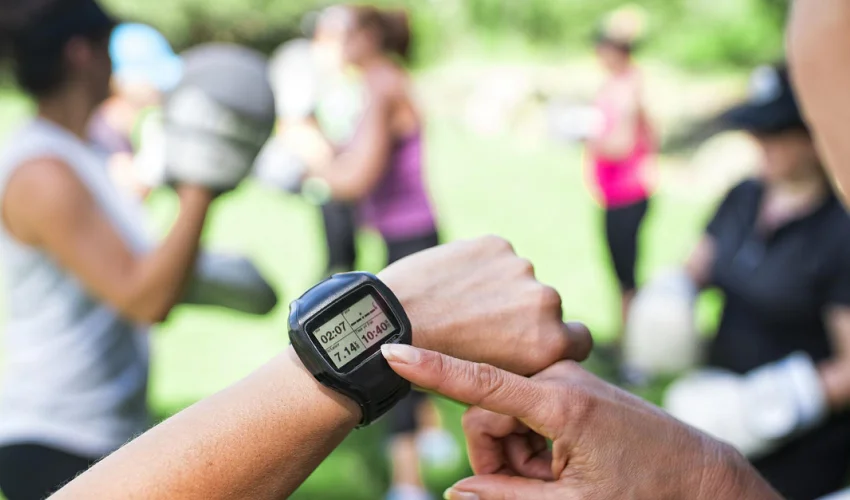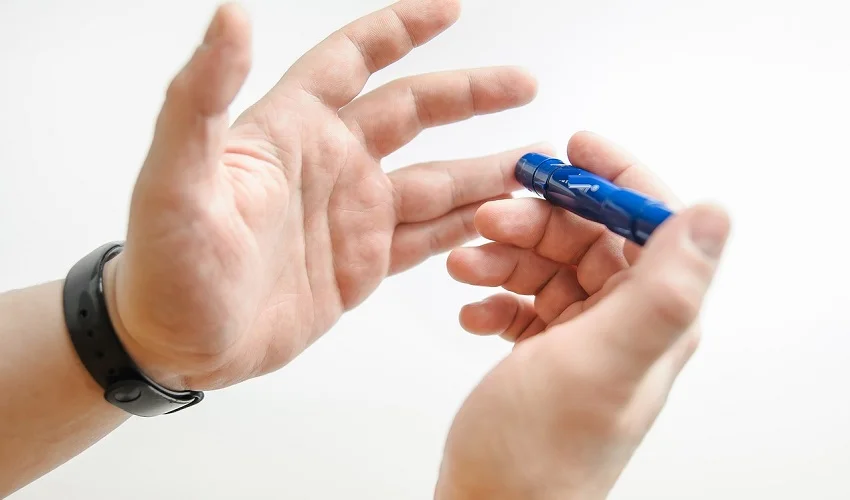What is blood sugar?
Blood sugar, also known as blood glucose, refers to the amount of sugar present in the bloodstream. It is the primary source of energy for the body’s cells and is regulated by the hormone insulin. Maintaining stable blood sugar levels is crucial for overall health, as high or low levels can have serious implications. When blood sugar levels are too high, it can indicate diabetes or insulin resistance, while low blood sugar levels can lead to hypoglycemia. Understanding blood sugar and how to regulate it is essential for managing one’s health and preventing complications.
Why is it important to lower blood sugar quickly in an emergency?
Lowering blood sugar quickly in an emergency is crucial for several reasons. Firstly, high blood sugar levels can lead to serious complications such as diabetic ketoacidosis, which can be life-threatening. By rapidly reducing blood sugar levels, the risk of these complications can be minimized. Additionally, lowering blood sugar quickly can help alleviate symptoms such as excessive thirst, frequent urination, and fatigue, providing immediate relief to the individual. Moreover, prompt action in lowering blood sugar can prevent further damage to vital organs, including the heart, kidneys, and eyes. Therefore, it is essential to address high blood sugar levels promptly in emergency situations to ensure the well-being and safety of the individual.
How can you lower blood sugar quickly at home?
Lowering blood sugar quickly at home can be done through various methods. One effective way is to engage in regular physical activity, such as brisk walking or cycling, as it helps to lower blood sugar levels. Additionally, following a healthy diet that is low in carbohydrates and high in fiber can also aid in controlling blood sugar. Consuming foods rich in antioxidants, such as berries and leafy greens, can further support blood sugar regulation. Moreover, staying hydrated by drinking plenty of water and avoiding sugary beverages can help maintain stable blood sugar levels. It is important to consult with a healthcare professional for personalized advice on managing blood sugar levels.
Managing Blood Sugar through Exercise
Benefits of Regular Physical Activity
Engaging in physical activity aids in lowering blood sugar levels by increasing insulin sensitivity and promoting glucose absorption by the muscles. It is advised to have at least 150 minutes of moderate aerobic exercises like brisk walking or cycling weekly for optimal blood sugar regulation.
Rapid Response for High Blood Sugar
Swift and effective actions are necessary during high blood sugar emergencies. Drinking water helps in flushing out excess sugar. Physical activities can assist in blood sugar reduction. Avoid sugary foods and drinks, instead, choose high-fiber foods such as whole grains, fruits, and vegetables. In persistent high levels or alarming symptoms, seek medical care immediately.
Emergency Protocols for Blood Sugar Spikes
Having a plan for sudden blood sugar surges is crucial. This section provides actionable tips to address these spikes and avoid complications. It’s always best to consult a healthcare expert before making drastic changes to your diabetes plan.
The Urgency of Acting Fast
Immediate Action’s Significance
Quick response is vital when blood sugar levels rise dangerously. Acting promptly can prevent complications such as diabetic ketoacidosis. This segment delves into strategies to handle high blood sugar emergencies at home.
Home Strategies for Blood Sugar Regulation
Engaging in physical activity and consuming a balanced, low-carb, high-fiber diet are effective measures. Hydration and stress management also play a part. It’s essential to consult healthcare providers before any major adjustments.
Diet and Exercise for Blood Sugar Control
A balanced meal and regular aerobic exercises are instrumental in blood sugar management. A consultation with a healthcare or nutrition professional can ensure personalized and effective strategies.
Physical Activity’s Role in Blood Sugar Control
Exercise and its Advantages
Regular exercise, like brisk walking, cycling, or dancing, has proven effective in blood sugar reduction. Those with health concerns should consult healthcare professionals before starting any regimen.
Holistic Blood Sugar Management
Strategies include regular physical activities and a healthy diet. Regular monitoring and professional consultations can guide personalized blood sugar management.
Emergency Home Measures for Blood Sugar Spikes
Staying calm and having a plan are essential during emergencies. Drinking water, engaging in physical activity, and consuming low-carb, high-fiber foods can be helpful. In severe cases, insulin might be necessary. Always prioritize health and consult professionals.
Emergency Blood Sugar Reduction Techniques
Home-based Blood Sugar Reduction Techniques
In emergencies, hydration, exercise, and dietary adjustments are key. Avoiding high-carb foods and having fast-acting carbs ready is crucial. Always consult healthcare professionals for tailored advice.
Natural Remedies for High Blood Sugar Levels
Incorporating exercise, a balanced diet, hydration, and stress management can aid in naturally controlling blood sugar. These strategies offer effective solutions for at-home blood sugar emergencies.
Proactive Measures for High Blood Sugar Levels
Hydration, exercise, and a balanced diet are the first line of defense against blood sugar spikes. Regular monitoring and medical consultations are imperative to manage and respond to emergencies effectively.
Summary of the article
This article provides useful information on managing high blood sugar levels in emergency situations at home. The summary of the article highlights key strategies and tips for effectively lowering blood sugar levels in a fast and safe manner. It discusses the importance of staying hydrated, engaging in physical activity, and following a healthy diet. Additionally, the article emphasizes the significance of seeking medical assistance and following the advice of healthcare professionals. By implementing the recommendations mentioned in the article, individuals can take immediate action to lower their blood sugar levels and prevent potential complications.
Final thoughts
In conclusion, when it comes to lowering blood sugar quickly in an emergency at home, it is important to take immediate action and follow the necessary steps. Start by drinking plenty of water to stay hydrated and help flush out excess sugar from the body. Additionally, engaging in physical activity can help lower blood sugar levels by increasing insulin sensitivity. It is also crucial to avoid consuming sugary foods and beverages, and instead opt for low-carbohydrate, high-fiber options. Finally, monitoring blood sugar levels regularly and seeking medical attention if necessary is essential for managing blood sugar emergencies effectively. By following these guidelines, individuals can take control of their blood sugar levels and protect their overall health.
Action steps to take
First and foremost, make sure to stay calm and assess the situation. Check your blood sugar levels using a glucose meter to determine how high they are. If they are dangerously high, it is important to take immediate action. One effective method is to drink plenty of water to help flush out excess sugar from your system. Additionally, engaging in physical activity such as brisk walking or light exercise can help lower blood sugar levels. It is also crucial to avoid consuming foods or drinks high in sugar and carbohydrates. Instead, opt for healthy options like lean proteins, vegetables, and whole grains. Finally, if your blood sugar levels do not improve or if you experience severe symptoms, it is essential to seek medical help immediately. Remember, taking swift action can help prevent complications and ensure your well-being during a blood sugar emergency at home.




